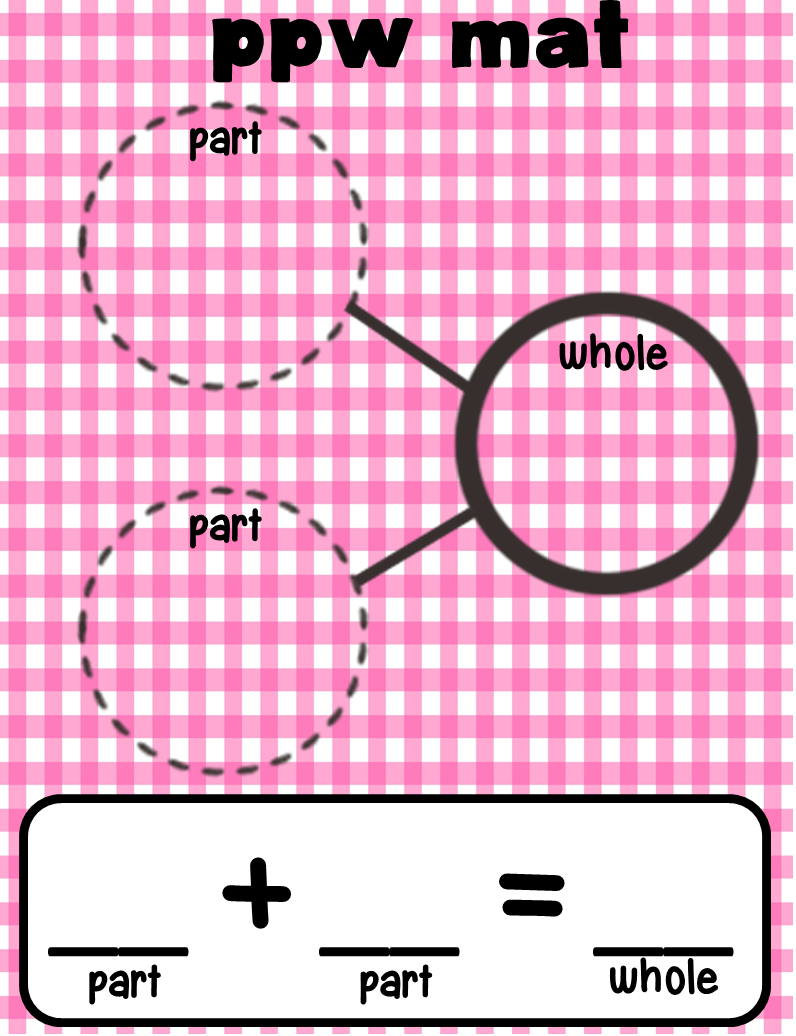After receiving some very thoughtful feedback from a customer on Teachers Pay Teachers, I added 3 options for student tools in my Students BLOOM with Higher Level Questioning product. I have included photos in this post.
With the implementation of the Common Core Standards, we are always trying “tweak” our lessons to meet the heightened literacy expectations of those standards. In my own classroom and now as a teacher coach, I always recommend letting the classroom walls talk. Your classroom walls and your bulletin boards can become interactive graphic organizers of everything that you have taught. Students should be able to look or walk around and reference all of the research and strategies that you have taught.
With the implementation of the Common Core Standards, we are always trying “tweak” our lessons to meet the heightened literacy expectations of those standards. In my own classroom and now as a teacher coach, I always recommend letting the classroom walls talk. Your classroom walls and your bulletin boards can become interactive graphic organizers of everything that you have taught. Students should be able to look or walk around and reference all of the research and strategies that you have taught.
BLOOM and DOK posters with ‘question starters’
always get prime space and always get taught at the beginning of every school
year. Students can take advantage of the
accessibility of the posters during instruction, guided practice and
independent practice in all content areas.
Of course, our goal is to have students practice asking themselves
higher-level questions while they read or close read a text in order to gain a
deeper understanding of its meaning. We also want students to internalize critical thinking skills.
With that in mind, I spent considerable time
today revising two products that I have on Teachers Pay Teachers. When I create a product, I am always looking
for a product that is useful for both teachers and students. These products are based on the hard work and research of Benjamin Bloom, Norman Webb, Karin Hess, Dennis Carlock, Ben Jones, and John R. Walkup. I want their research to be accessible to you when you are planning your lessons and delivering those lessons and to your students during the learning process.
Check these out at www.teacherspayteachers.com/Store/Penny-Lund if you think you can use these in your classroom.



























